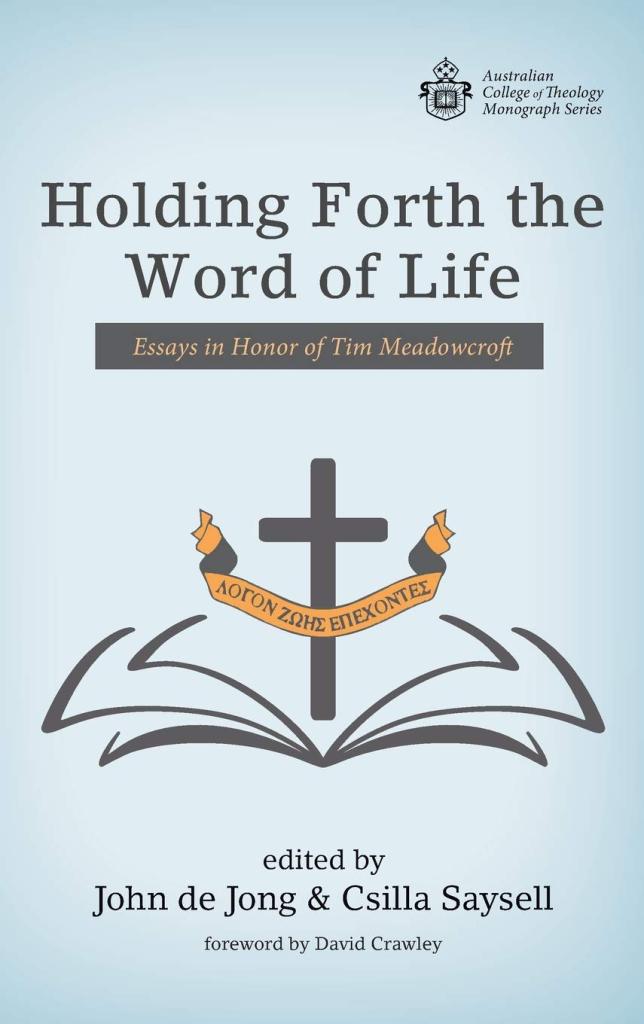This post depicts Israel within the biblical story. The summary follows the picture below.
God established Israel for the sake of the nations. God made a covenant with Abraham, promising that through his offspring, all nations would be blessed. (As a significant side note, Paul explicitly calls this promise “the gospel” in Gal 3:8). Israel is God’s strategy to overcome the curse and death ushered in by the failure of humanity beginning with Adam.
In time, God rescues Abraham’s descendents, who have become a nation called Israel, who are slaves in Egypt. God uses Moses to lead through on an exodus from Egypt, through the Red Sea, on their way to the Promised Land (Canaan). At Mount Sinai, God formally establishes a covenant with Israel, giving them a Law through which the Creator would reveal himself as the king not only of Israel but also of all nations.
He even identifies a particular line of kings through whom he would send a king to rule over all then nations (cf. 2 Sam 7; 1 Chron 17). As a Father to a son, so God would be to this promised king. In this way, Israel is God’s strategy and solution for the problem that confronts all nations.
 A fundamental problem remains in this picture. Israel remains firmly within the box of this world. Although God has chosen to be a father and king to Abraham’s offspring, they repeated many of the same struggles and failures that plague humanity as a whole. In many respects, Israel is a microcosm of the world.
A fundamental problem remains in this picture. Israel remains firmly within the box of this world. Although God has chosen to be a father and king to Abraham’s offspring, they repeated many of the same struggles and failures that plague humanity as a whole. In many respects, Israel is a microcosm of the world.
According to Mosaic covenant, Israel falls under a curse for disobeying God’s Law. Just as sin brought death to all men, so Israel’s rebellion brought exile to the nation. In some sense, God’s covenant with Abraham (then Moses) creates two kinds of people—Jews and Gentiles. From another perspective, all people are alike––falling short of the glory of God, enslaved to sin and death.
How was God to both curse Israel yet bring a blessing to and through them? (See coming posts.)
Why and How the Model Explains Israel
In some respect, this section is most pivotal to developing and depicting the grand biblical narrative. For one thing, the Israel story is overwhelmingly under explained in gospel presentations.
Second, the role of Israel is one of the most debated points within many people’s theology. Israel is the subject of endless conjecture. The speculation confuses many Christians, who eventually set much of the Old Testament aside as mere background to the New Testament.
The challenge we face is to avoid two extremes. On the one end, we don’t want to make too much of Israel (i.e. some expressions of dispensationalism). On the other hand, we must not overlook the essential role that Israel plays in the gospel story. Our understanding of Israel will establish a framework through which we interpret the rest of the Bible.
A straightforward demonstration of this point comes in trying to explain the meaning of the name “Jesus Christ.” “Christ” is a title, not a surname. Saying that “Christ” means “Messiah” is rather meaningless since “Christ” is simply the Greek translations of the Hebrew title “Messiah.” Explaining the significance of the name “Christ” requires a bit more unpacking from the Old Testament.
Telling the Story with a Picture
Visually speaking, notice that theological parallels (or “types”) are built into the model. The smaller box typologically or symbolically correlates to the larger box (in which all humans live).
Israel’s story echoes the creation story. Israel’s exodus recalls the creation narrative. God divides the water from the land, bringing order/freedom out of chaos/slavery. From this, he created a royal people who were to reflect him as sons to a father. Although these people were supposed to inherent the world/land, their blessing turned into a curse. They forsook their vocation in the world. Death and expulsion from the Garden (Gen 3) finds its parallel in the Exile from the Promised Land.
















